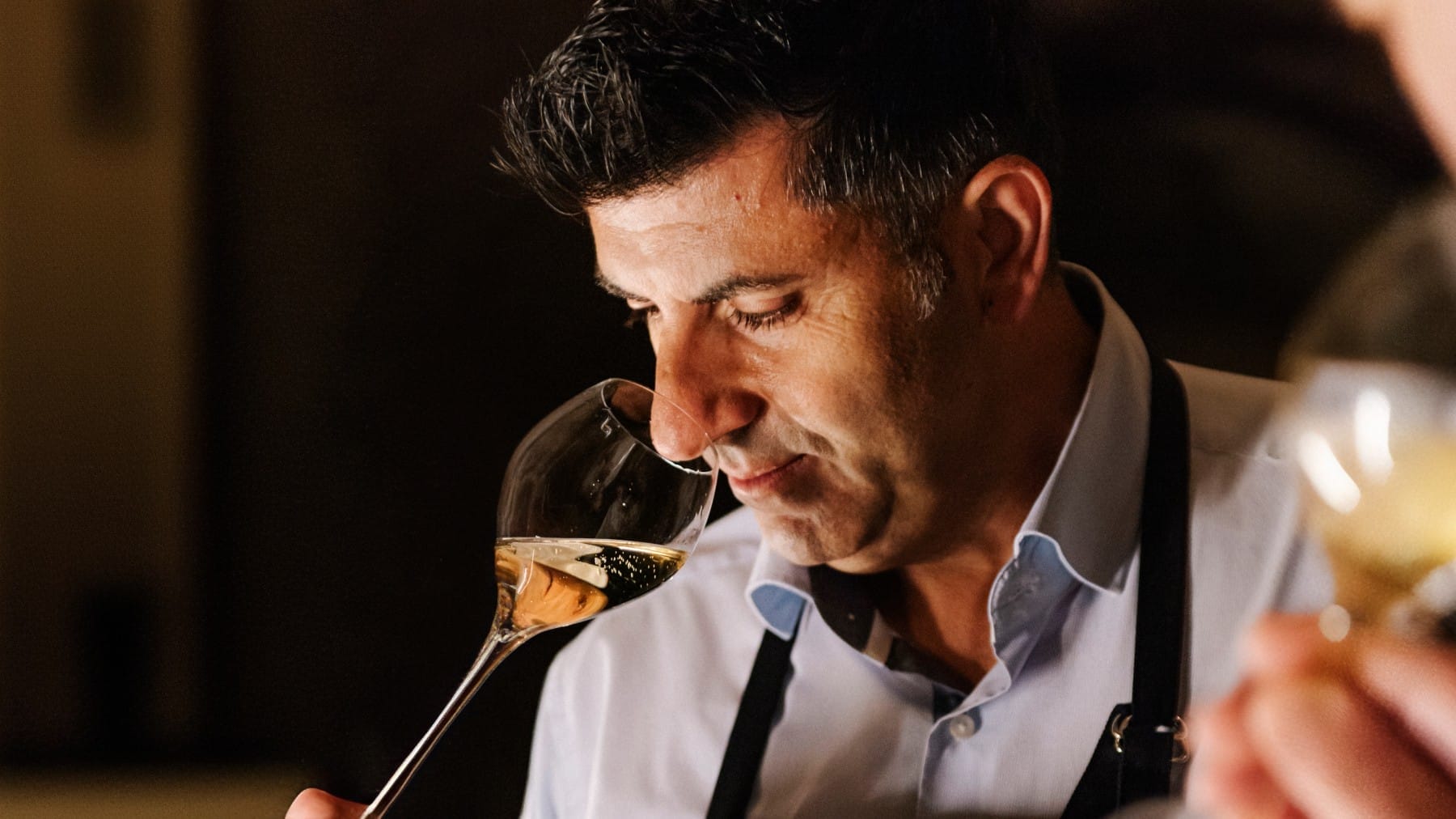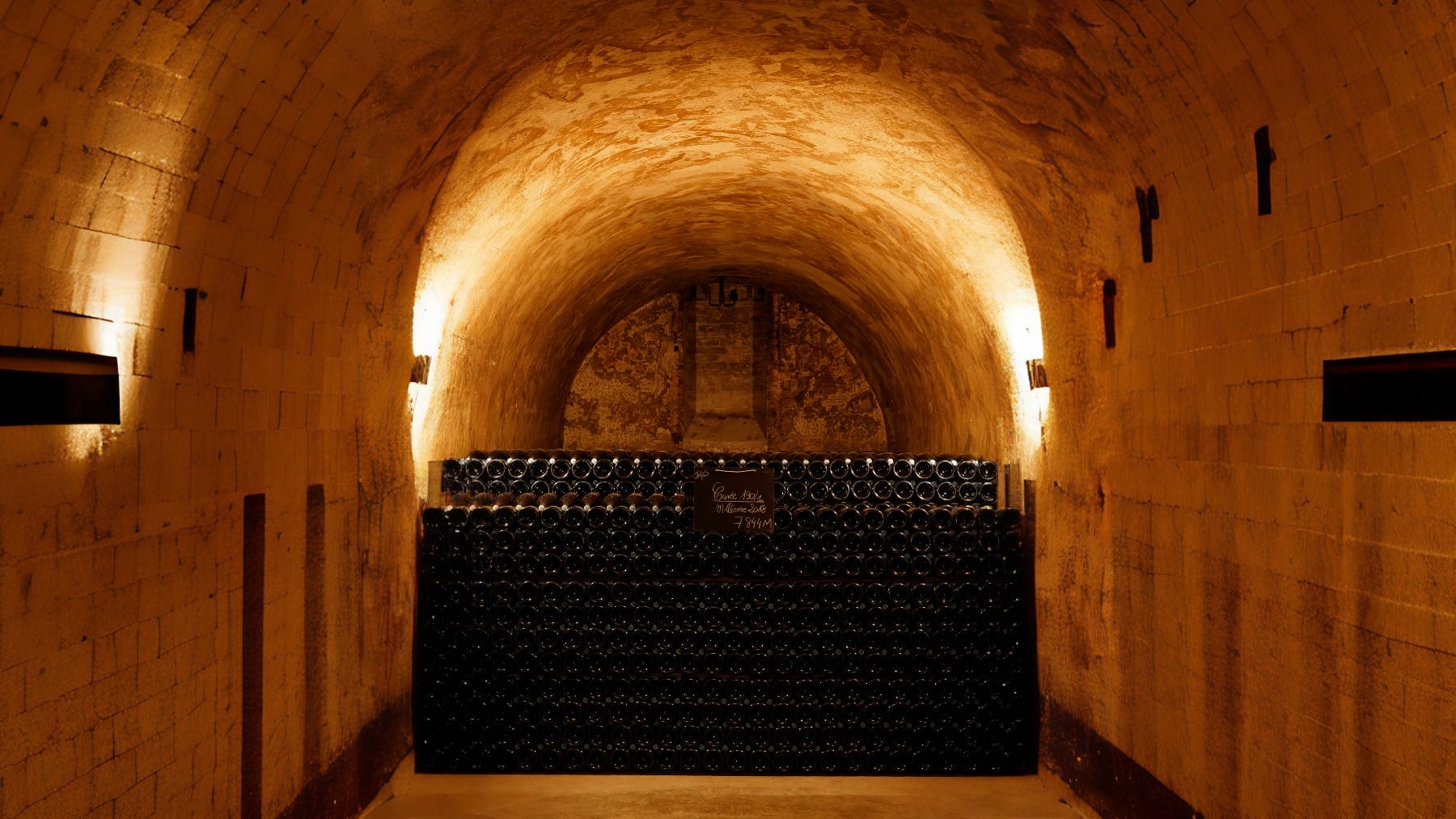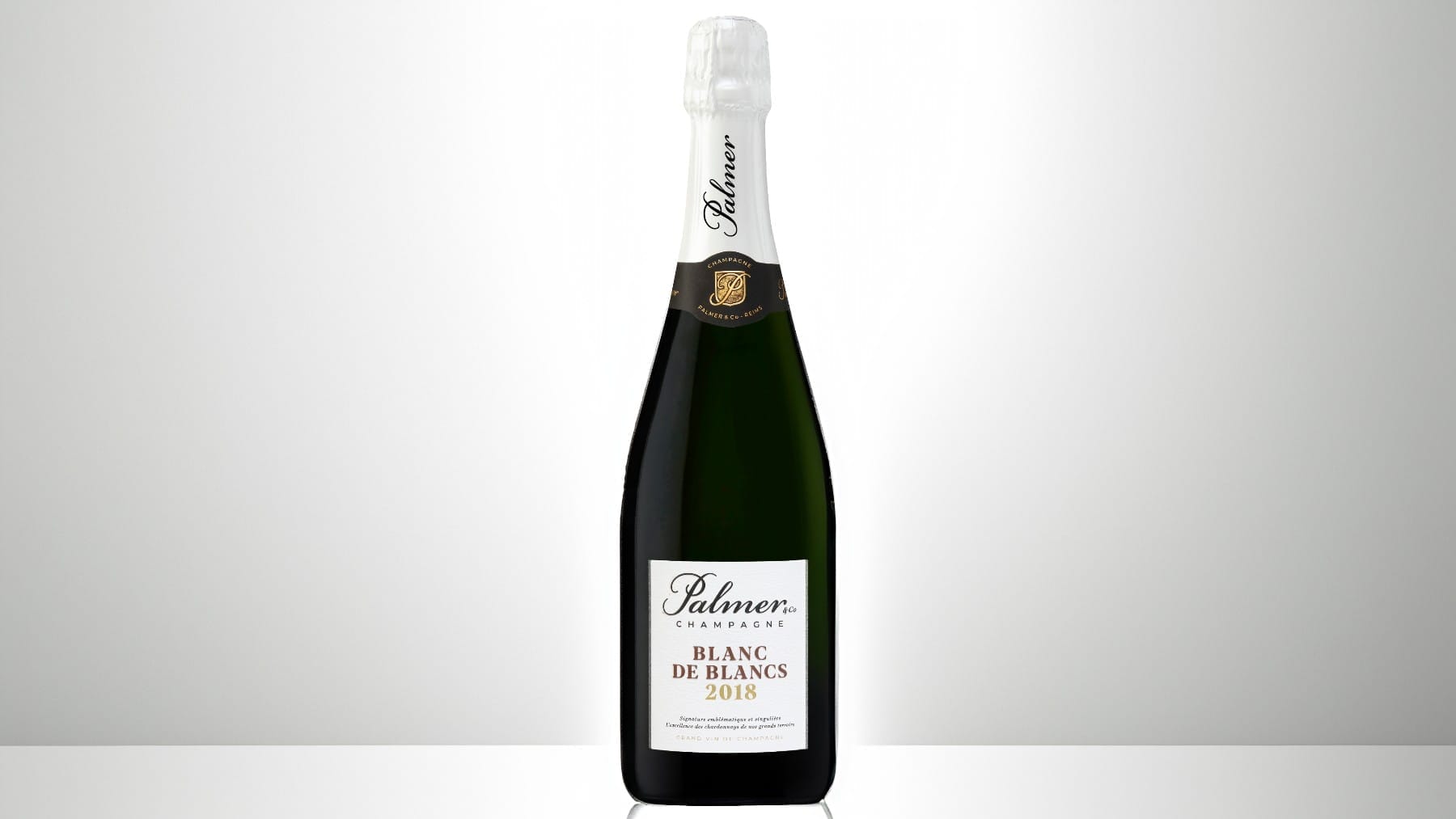In the northern section of Champagne in France lies Montagne de Reims, on a plateau whose unique terroir and cool climate has led it to be regarded as the best of Champagne’s five sub-regions. Nearby in the city of Reims, renowned for producing some of the world’s finest champagne, stands the distinguished house of Champagne Palmer & Co, established in 1947.

In this renowned region, Palmer & Co owns more than 200 hectares of vineyards, all classified as Premier and Grand Crus. Their extensive vineyard ownership allows the maison to ensure that only the highest quality grapes are used as well as the blending of grapes of different Crus, resulting in multi-layered champagnes with unique expressions. This includes the Palmer Blanc de Blancs 2018 vintage, which they brought to Wine Paris & Vinexpo alongside a number of their acclaimed wines to display on the international stage.

At the helm of the house is cellar master Xavier Berdin, who was born into a family of winemakers, and whose early exposure to viticulture led him to pursue a degree in oenology at Reims University. He assumed his current role in 2003, where he has since exhibited his ability to craft complex yet balanced champagne blends while staying true to their traditional methods. Robb Report Malaysia spoke to Berdin to learn more about his winemaking approach.
As Cellar Master, you are responsible for ensuring the house’s signature style. How would you describe your approach to preserving and developing this unique identity?
I’m both guardian of the temple and conductor of the orchestra. My role is to look after the wines of yesterday, today, and tomorrow. I’m a conductor because I have to be in the vineyard, in the winery, in the cellar, and, sometimes, in the spotlight. This includes everything, from the birth of the grape, to harvesting, vinification, disgorging, and marketing. But I’m also a composer, because every year we have to renew the miracle of blending and, in this way, preserve our Champagne House’s style.

You are presenting the Palmer Blanc de Blancs 2018 vintage this spring. Why did you choose Montagne de Reims and Côte de Sézanne for this blend, and what specific terroir and characteristics do they bring to the wine?
Palmer & Co embodies the expertise of the Montagne de Reims and its great terroirs, with an identifiable style characterised by freshness and fullness shaped with the best that we have. Our Blanc de Blancs is inimitable, offering singular characteristics, the fruit of a rare expression of the chardonnays grown on our emblematic Montagne de Reims terroirs.
To create it, my predecessors imagined a wine with all the clarity, precision, and elegance of the best chardonnays—but with more richness and dynamism. Adding a small amount of delicate, floral chardonnay from Côte de Sézanne to our zesty, energetic chardonnays from the Premier Cru parcels of Villers-Marmery and Trépail gives us a pure, clean structure with remarkable freshness. This singular blend is an emblematic Palmer signature, and it is this ongoing quest for absolute balance since 1947 that gives this wine its quality and length.

Why is the Palmer Blanc de Blancs 2018 described as an “exceptional chardonnay”?
This stems from the fact that Montagne de Reims is the kingdom of the great pinot noirs—a powerful and generous grape variety. There are two exceptional islands in this vast sea of pinot noirs: the Premiers Crus of Trépail and Villers-Marmery. These two regions are well sheltered from the westerly winds and produce superb chardonnays, renowned for their concentration and structure that gives Palmer Blanc de Blancs its unique, emblematic quality.

What elements of the 2018 vintage influenced the development of this cuvée? And how did they play a role in the final result?
The 2018 vintage in Champagne, which came after a difficult 2017, was exceptional, thanks to ideal weather conditions: a rainy winter and a generously watered spring, followed by a hot, dry summer that was prolonged by a magnificent autumn during which the grapes ripened slowly and evenly. The balance between sugar and acidity was remarkable. The ‘cold’ terroirs, which ripened later, enhanced the finesse and complexity of the light wines from the 2018 harvest, bringing freshness and liveliness to the blends.




